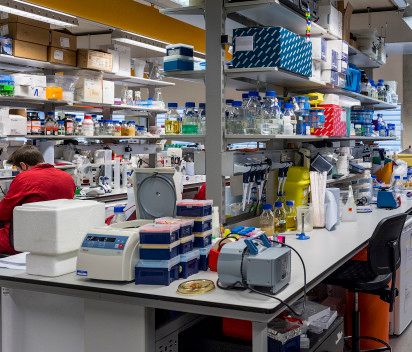BibTex format
@article{Gallego:2019:10.1016/j.molcel.2019.01.025,
author = {Gallego, del Sol F and Penades, JR and Marina, A},
doi = {10.1016/j.molcel.2019.01.025},
journal = {Molecular Cell},
pages = {59--72.e3},
title = {Deciphering the molecular mechanism underpinning phage arbitrium communication systems},
url = {http://dx.doi.org/10.1016/j.molcel.2019.01.025},
volume = {74},
year = {2019}
}
